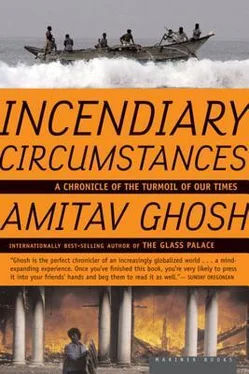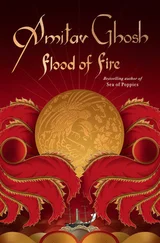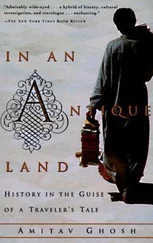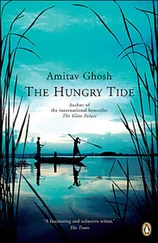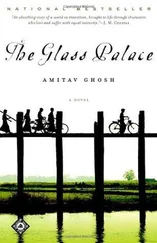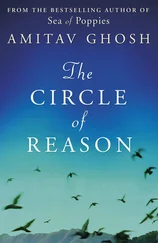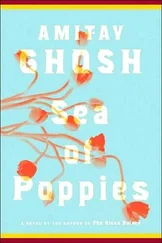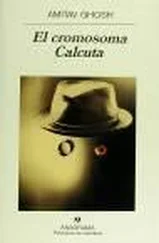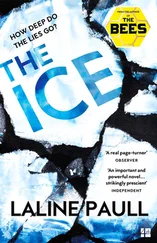It is here, I think, that the answers lie. The passages of description in the book are not in fact intended to describe. Their only function is that they are there at all: they are Bankim's attempt to lay claim to the rhetoric of location, of place — to mount a springboard that would allow him to vault the gap between two entirely different conventions of narrative.
It is for a related reason, I think, that Bankim conducted his rehearsal in English rather than Bengali. To write about one's surroundings is anything but natural. Even to perceive one's immediate environment, one must somehow distance oneself from it; to describe it, one must assume a certain posture, a form of address. In other words, to locate oneself through prose, one must begin with an act of dislocation. It was this, perhaps, that English provided for Bankim: a kind of disconnected soapbox on which he could test a certain form of address before trying it out in Bengali.
This still leaves a question. Every form of address assumes a listener, a silent participant. Who was the listener in Bankim's mind when he was working on Rajmohun's Wife? The answer, I think, is the bookcase. It is the very vastness and cosmopolitanism of the fictional bookcase that requires novelists to locate themselves in relation to it, that demands of their work that it carry marks to establish their location.
This, then, is the peculiar paradox of the novel. Those of us who love novels often read them because of the eloquence with which they communicate a "sense of place." Yet the truth is that it is the very loss of a lived sense of place that makes their fictional representation possible.
THE FUNDAMENTALIST CHALLENGE 1995
WITH THE BENEFIT of hindsight, I am ever more astonished by the degree to which, over the course of this century, religion has been reinvented as its own antithesis. At much the same time that one stream within modernism created a straw version of religion as a cloak of benighted ignorance that had to be destroyed with the weapons of literary, artistic, and scientific progressivism, another stream within this same movement created a no less fantastic version of religion as a bulwark against the dehumanization of contemporary life.
To a greater or lesser degree, most of us have felt the tug of both these currents. Indeed, it is hard to think of any contemporary, modern, or even not so modern thinker, writer, or artist who has not. Karl Marx, for instance, while writing his much-quoted sentence about religion being the opiate of the masses (itself not as dismissive as some of his followers have assumed), also wrote a less-known passage describing religion as the heart of a heartless world.
These are commonplaces, of course. We all know the stories of modernist figures who have swum from one of these currents into the other, a narrative best exemplified by the career of W. H. Auden. At the heart of these stories is a moment, often an extended moment, of conversion, and it is this moment that puzzles me now — with the benefit of hindsight, as I said. It puzzles me because it seems to me increasingly that the intellectual pedigrees of most versions of religious extremism around the world today can be traced to similar moments of conversion.
Let me cite a few examples. Swami Vivekananda, the late nineteenth-century thinker who is today claimed by Hindu extremists as a founding father, was famously a rationalist in the best positivist tradition, until he underwent a dramatic conversion. Or consider the Anagarika Dharmapala, who laid the foundations of Buddhist revivalism in Sri Lanka at the turn of the century. The Anagarika Dharmapala's early education was in Christian schools, and he is said to have learned the Bible by heart at an early age. He was reconverted to Buddhism by the American theosophist Henry Steel Olcott, who arrived in Sri Lanka in 1880. As with so many such figures, the first popular movement the Anagarika Dharmapala led was social rather than religious in nature — a temperance campaign.
In Iran, the figure who is thought to have played the most important part in the radicalization of Shiite youth in the recent past was neither a mullah nor an ayatollah but rather a Sorbonnetrained sociologist, Ali Shari'ati. In Shari'ati's writings, religion often assumes the aspect of a sociological instrument, a means to resist the versions of modernity he had witnessed in France.
Similarly the intellectual progenitors of religious extremism in Egypt, Hasan al-Banna and al-Sayyid Qutb, were not educated in traditional religious institutions. Both were graduates of the Dar al-Ulum, or House of Sciences, in Cairo, an institution that has been described as a "modernist teacher training institute." Al-Sayyid Qutb first made his name as a literary figure, a writer of fiction and critic who was actively involved in debates centered on questions of literary modernism in the Cairo of the 1930s and 1940s. Like the Anagarika Dharmapala in Sri Lanka before him, he began his career in the educational bureaucracy. His bosses in Egypt's Ministry of Public Instruction sent him to America in 1948, apparently in the hope that he would be won over by American ways. His discovery of his religious mission is said to have occurred as he stood on the deck of the liner that was carrying him to New York. I have cited figures from Hinduism, Buddhism, and Islam; many similar figures could be cited from the Jewish and Christian traditions.
What do these moments of conversion signify? In trying to answer that question, we find ourselves reaching reflexively for the terms that float by on one or the other side of the modernist stream. On the one shore we find terms or phrases such as "atavism," "medievalism," "fear of uncertainty" coming all too readily to hand; on the other, our hands close upon "resistance," "alternative," "search for community," "thirst for meaning."
To a greater or lesser degree, moments of conversion such as those I have referred to are all of these things, but they are also something else: they mark a crossing from one current of modernism to another. It is too easy to forget that these reinvented forms of religion are not a repudiation of but a means of laying claim to the modern world. That is why the advance guards of these ideologies are never traditional religious specialists but rather young college graduates or engineering students — products, in other words, of secularly oriented, modernist institutions. It is for this reason that we find the same things valued on both shores but in diametrically opposed ways. Literature and art, for example, being regarded as the ultimate repository of value on one side, come to be excoriated on the other, in exact and equal measure, so that their destruction becomes a prime article of faith.
Where else are we to look for the sources of this antagonism except within the whirlpools that mark the meeting of these two currents? Certainly the conflict cannot be ascribed to religion in the broadest sense. For most of human history, religion and literature have been virtually inseparable, everywhere. I can think of nonreligious ideologies that have thought of literature as an enemy; I know of no religion that has historically held that position. That is why we must be rigorous and unrelenting in our rejection of the claims of those religious extremists who try to invoke historical and religious precedents for their attacks on writers. These claims are offered in bad faith. In fact, the roots of this hostility lie in the eminently modern pedigree of their own moments of conversion. The religions they invoke do not begin with a positive content of faith; they have their beginnings in acts of negation.
I have been using the phrase "religious extremism" with what may appear to be a reckless disregard for differences among the world's major religions. I do not do so unadvisedly. I do believe that the content of these ideologies is startlingly similar, across continents and cultures.
Читать дальше
